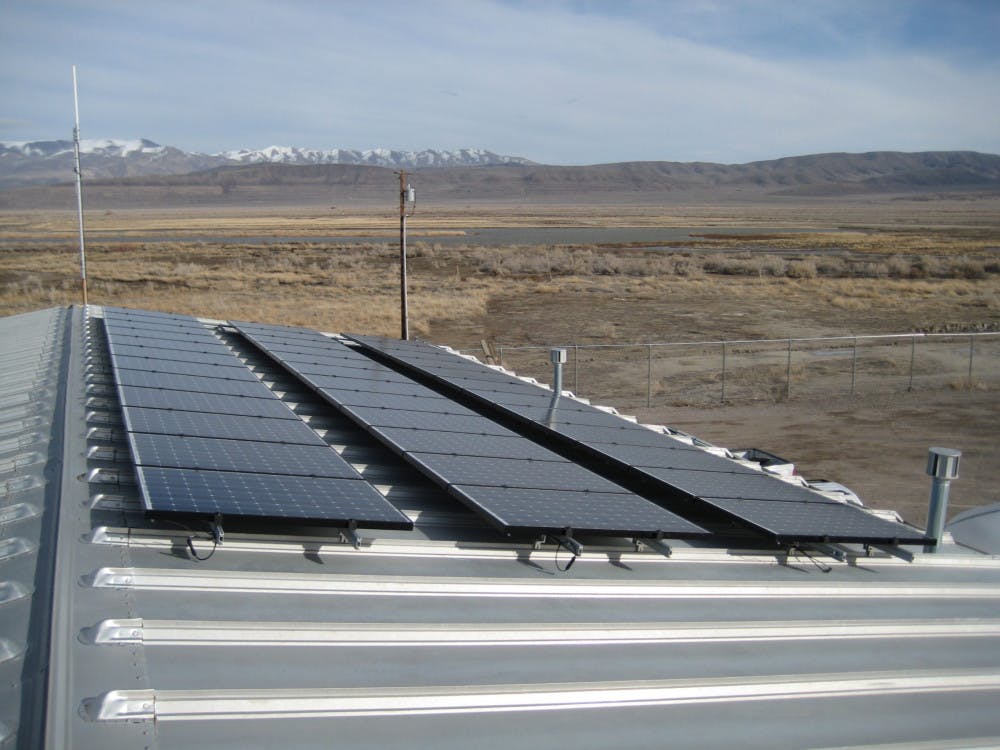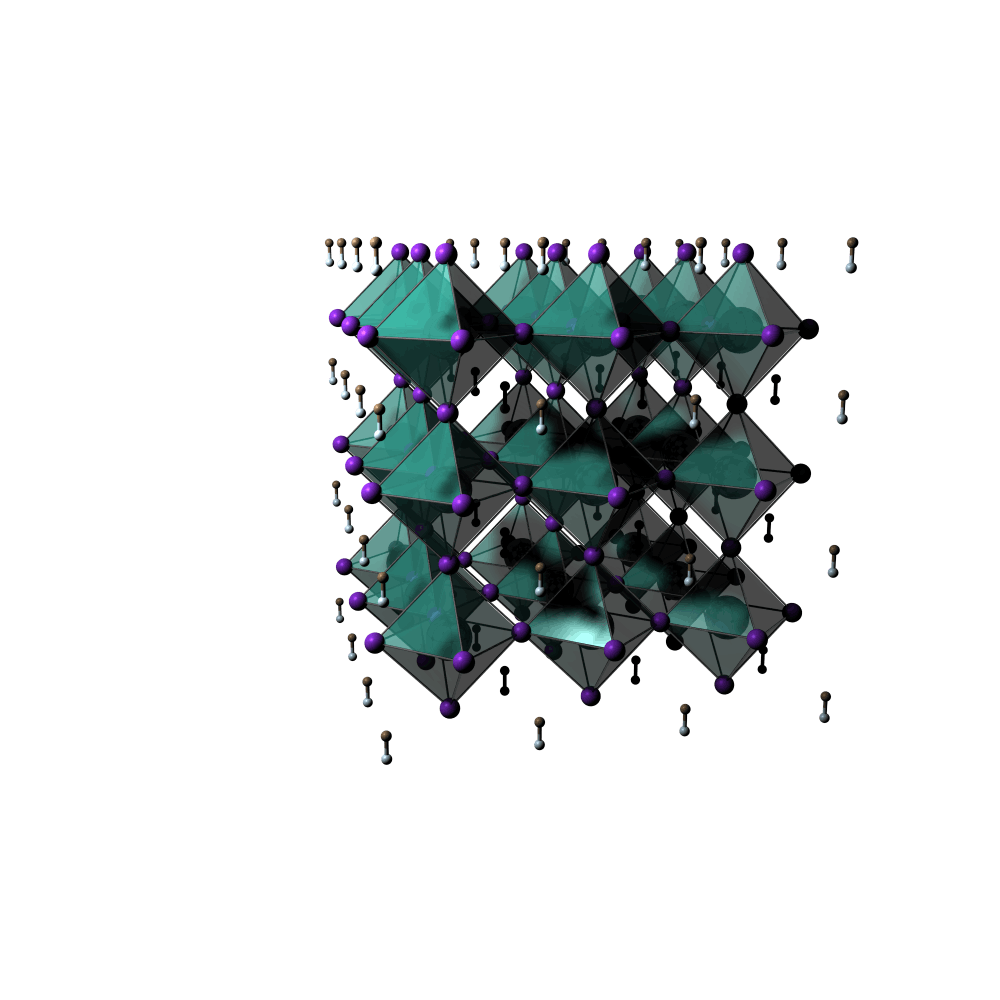Undergraduate, masters students get opportunity to learn about renewable energy, key areas of chemistry

A Western Washington University associate professor has been awarded a $268,067 grant from the National Science Foundation to design and understand "perovskite" compounds, a class of materials that absorb and harness the energy in sunlight.
Serving as principal investigator is Associate Professor of Chemistry Robert Berger.
The Foundation award supports Berger’s mentoring, teaching activities and curriculum development at Western, as well as nine summer research stipends and a one-year research assistantship for a master’s student.
“[The research stipends] are something that I'm really excited about, especially during the pandemic,” Berger said. “Research opportunities have been kind of hard to come by for students because labs aren't really operating at the full capacity that they usually do.”
During the three-year project, Berger, undergraduate and master's-level students will focus on using computers to make predictions about the most efficient phases or configurations of perovskites for transforming sunlight into useful energy.
“Solar energy is one of a number of renewable energy sources that can help get us away from using fossil fuels like oil and coal,” Berger said.

There are several benefits shown in perovskites, Berger said. Some forms of the material, called “photovoltaics,” can convert sunlight directly to electricity. Others, called “solar photocatalysts,” use sunlight to drive chemical reactions that generate chemical fuels, like hydrogen.
Another benefit to perovskite solar cells is their low cost, said Joseph Berry, a principal scientist at the National Renewable Energy Laboratory. Perovskites are capable of changing solar light to electricity as efficiently as present-day silicon solar cells available in the market, Berry said, but the material can also be produced much more easily and cost-effectively.
“Say I want to make a silicon solar cell,” Berry said. “I've got to melt a lot of things and process a lot of things with a lot of energy-intensive processes and that all adds up to cost.”
Perovskite solar cells, on the other hand, Berry said, require a lot less material to deal with overall, as well as less overall energy inputs in their production.
The issue, Berger said, is finding the most efficient perovskite configuration to optimize their stability and performance. “Efficient” meaning that they turn a large percentage of sunlight into useful energy.
This is what Berger and his team aim to find out. Computers make it possible to change certain things about a perovskite compound — its elements, structure and temperature — to tune its properties.
Corey Teply, a second-year graduate student at Western, conducted some preliminary research that led to the successful grant proposal. Teply has been a member of Berger’s research group since 2018, and he helped develop the code used to predict perovskites’ behavior.
One of the objectives for this study, said Teply, will be to transfer what the investigators have understood from their research to industry and upgrade the process to bring it within the manufacturing realm.
“With [computers], we can screen a bunch of different types of perovskites and different angles of strain, all that good stuff,” Teply said. “We want to keep pushing the field of perovskites as the next consumer solar cell, to give more information to people about it, to push this as yet another outlet for renewable energies.”





